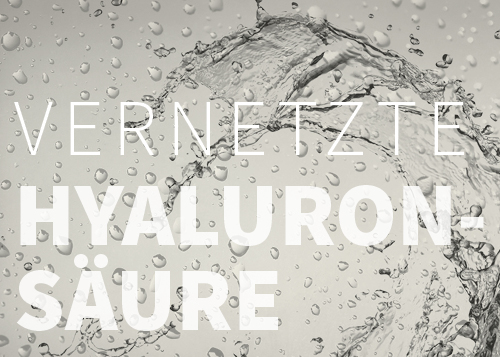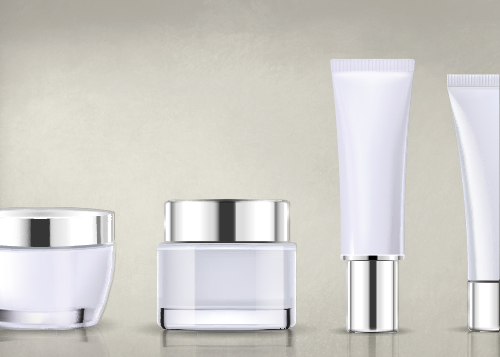From the age of 25, the body’s natural production of hyaluronic acid, a sugar molecule, decreases significantly.
As a result, the body has a reduced ability to retain moisture. By 50 years of age, the body has only about half the natural supply of hyaluronic acid. Skin loses elasticity and forms wrinkles, eyes are drier, and joints are supplied with less liquid.
The hyaluronic acid in creams consists of tiny little particles which supply the skin with moisture, but can only partially correct small wrinkles. In order for the hyaluronic acid (HA) to penetrate the surface of the skin and unleash its “anti-aging effect”, the molecular weight (molecular mass, molecular size) of this sugar chain has to be relatively small.
This means that the HA in creams and serums comes in two forms: HA with a high molecular weight (hence a large molecular mass) or a low molecular weight, according to the effect the creams are meant to have.
- Hyaluronic acid with a high molecular weight can retain water on the skin surface. The epidermis can thus fulfill its barrier function and protect the skin against environmental factors.
- Hyaluronic acid with a low molecular weight penetrates deeper into the skin and can improve the skin condition noticeably.
The high HA content in the “Cosmetic Cell Concept” care line is responsible for the rehydration and care of the outermost skin layer. Small laugh lines are thereby smoothed. For deep wrinkles and furrows, however, larger gel particles are needed to achieve the desired affect.
The cross-linked hyaluronic acid applied through an injection takes the form of a gel, and is capable of filling in even deeper wrinkles with its unique lifting capacity. Although it is produced biosynthetically, it differs only minimally from natural hyaluronan.
Through different gel particle sizes, it adapts easily to the various tissue layers. Lips, nasolabial folds and cheekbones can thus be shaped in fine precision work.





